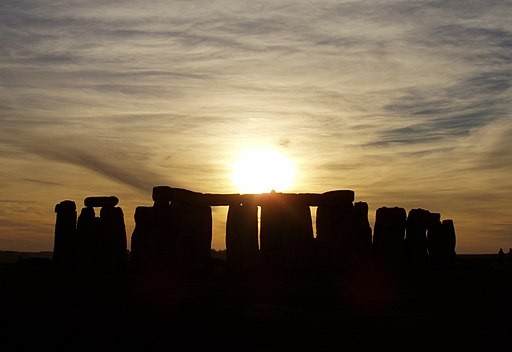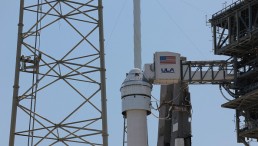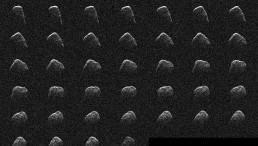Located on Salisbury Plain in Wiltshire, England, is the prehistoric monument of Stonehenge, best known for its solar alignment. Every year, tens of thousands gather at this site of massive megaliths during midsummer night to witness the rising Sun aligning with the Heel stone standing outside the circle.
However, there is also a belief that this stone monument is linked to moonrise and moonset during a rare cosmic event.

(Photo: Wikimedia Commons/ Jeffrey Pfau)
Stonehenge's Mysterious Link to the Moon
For 60 years, it has been believed that part of Stonehenge also aligns with the moon's cycles in what is known as a major lunar standstill. While the connection between the layout of some stones and the major lunar standstill has been known for some time, its observance in Stonehenge has not yet been systematically recorded. This mystery brings together astronomers, archaeologists, and photographers from Oxford, English Heritage, Bournemouth, Leicester universities, and the Royal Astronomical Society.
There is an abundance of archaeological evidence suggesting that solar alignment was part of Stonehenge's architectural design. Thousands of years ago, the builders of the prehistoric monument put up large stones and dug an avenue into the chalk to cement the solstice axis into the megaliths.
However, Stonehenge includes other elements like an earthwork bank and ditch, 56 pits arranged in a circle, and other minor features. Four station sarsen stones are carefully placed to create a rectangle that encompasses the stone circle. It has been a mystery what these stones are made for.
The rectangle formed by the ancient builders of Stonehenge did not create just any rectangle. The shorter sides are parallel to the central axis of the stone circle, probably giving a clue as to their purpose. Meanwhile, the rectangle's longer sides are located outside the stone circle.
In an upcoming work, the research team will try to answer the questions raised by the major lunar standstill hypothesis. Although it is unclear whether the moon will be strong enough to cast shadows, the team will check if the alignments will interact with the other stones.
The moon is expected to align with the station stone rectangle two times a month from February 2025 to November 2025, giving researchers plenty of opportunities to observe the cosmic phenomenon in various seasons and phases of the moon. In June 2024, English Heritage will livestream the southernmost moonrise and host a series of events throughout the year, such as stargazing, a pop-up planetarium, and storytelling sessions.
READ ALSO: Stonehenge An Ancient Calendar? Prehistoric Link Between Large Stones and Sun Worship Revealed
What is a Major Lunar Standstill?
The Sun follows a cycle that lasts one year. On the other hand, the Moon's cycle is much more rapid. Moonrise and moonset move from their northernmost to southernmost limits and back again in just one month. The limits of this cycle change over 18.6 years.
A major lunar standstill occurs when the northernmost and southernmost moonrise and moonset are further apart. When this happens, the moon rises and sets outside the range of sunrises and sunsets.
RELATED ARTICLE: Stonehenge: Solving the Mysteries of Why it was Built?
Check out more news and information on Stonehenge in Science Times.










![Mars Faces Three Times More Potentially Hazardous Asteroids Than Earth [Study]](https://1721181113.rsc.cdn77.org/data/thumbs/full/53711/258/146/50/40/mars-faces-three-times-more-potentially-hazardous-asteroids-than-earth-study.jpeg)



